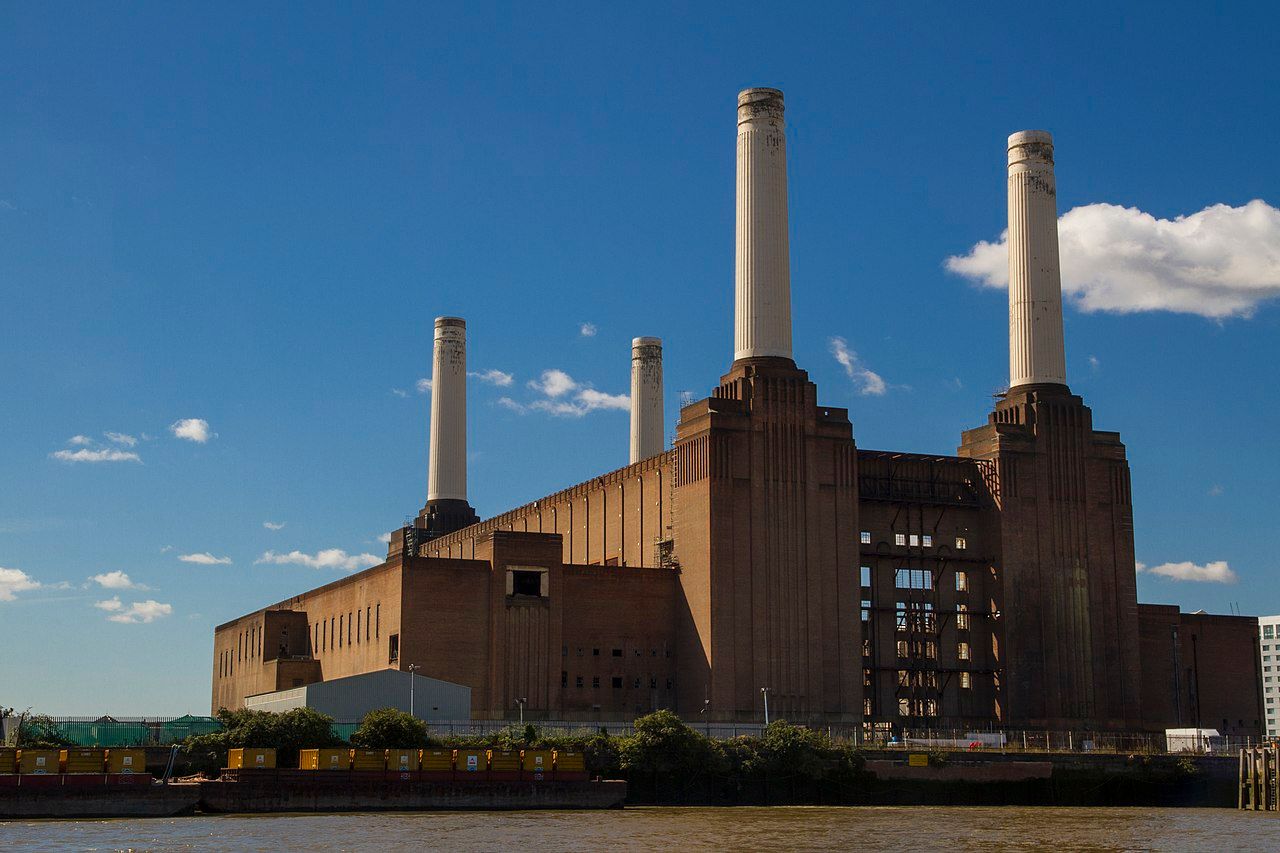When I first saw the job ad for sonnen back in September 2017, I was speechless. Whoa. Home batteries. Blockchain. Virtual power plant. In Berlin! What the heck is a virtual power plant? I love it.
Well, needless to say, I immediately started preparing to apply for the position, and in a couple of months, I got it indeed.
However, it really took me quite a while to understand why a bunch of batteries working together trying to stabilise the power grid was called a “virtual power plant”. And what is it about a power grid that needs to be stabilised?
What is a power plant?
A power plant is one of those factory-looking things that generates electricity, right? One of these:

Lovely. Very Pink Floyd. So how can a bunch of batteries be a power plant? They don’t generate electricity — they store electricity. That’s not what a power plant does!
Technically, that is correct, however, the catch is that generating electricity is not all a power plant does. Its responsibility is also to generate electricity at a strictly defined rate. In other words, a power plant also has to control how fast it is producing energy, i.e. how much energy it is producing over time. This rate, or “speed” of producing energy is called power, and it’s usually measured in megawatts for power plants.
Here are some quick numbers to help you get some perspective:
- A power plant producing at 300 MW will have produced 300 MWh of energy in an hour (duh)
- In 2014, an average household in the EU was consuming 3600 kWh in a year (source: EnerData)
Why does a power grid need to be stabilised?
Here’s something I had been completely clueless about, before I started working in the energy industry: How can it be that I can just decide to start my washing machine or a hair dryer at any time, and no one cares, i.e. the power outlet just covers it. Like where does that extra energy suddenly come from? Surely that far-away power plant didn’t increase its production just to cover that extra energy consumption I just caused.
Well, it kinda did.
In order for a power grid to operate properly, consumption has to equal production at all times, within a very small margin. But how does a power plant know that consumption increased or decreased? Conveniently, there’s actually a very simple measure that tells exactly this — the grid frequency.
In Europe, the grid frequency equals 50 Hz when production exactly matches consumption. If it’s above 50 Hz, production is higher than consumption, and if it’s below 50 Hz … you get the picture.
Certain types of power plants reserve a part of their capacity for the ability to decrease or increase their production as the frequency increases or decreases, thus stabilising the grid. This reserve capacity is called frequency containment reserve (FCR). If you would like to understand in more detail how grid frequency works, perhaps my post “What’s the Deal with Grid Frequency?” can help you with that.
Will you please tell us what a Virtual Power Plant is already?
Why yes! Generally speaking, a virtual power plant is a group of grid assets and a piece of software that can control their production or load. It could consist of generating assets, like small biogas power plants and wind farms; or load assets, like an aluminium furnace. The VPP software controls power generation and load of its assets as required by the grid.
This is exactly it —while power plants reserve a part of their generation capacity in order to be able to increase or decrease production, the sonnen Virtual Power Plant achieves the same effect with a swarm of household batteries. It feeds power from the batteries into the grid when there’s excess demand, or pulls power from the grid and stores them into the batteries when there’s excess supply.
OK, what’s the big deal about that?
More and more energy is coming from solar and wind. Unlike in the case of conventional power plants, generation from wind and solar cannot be increased to meet demand, and it can only be curtailed (i.e. shut off) to decrease excess production, meaning part of the renewable energy that could have been produced is wasted, because there wasn’t enough demand to consume it.
In addition, because solar and wind energy is so volatile, the grid frequency also becomes more volatile, requiring more e.g. gas plants to perform frequency containment.
Contrast that idea with using batteries for frequency containment, where the same excess renewable energy that was stored when there was excess production can be released back into the grid at a later time, when there’s lack of (renewable) production.
sonnen recently released a pretty video on this exact topic, you may like it:
I find the challenges of modern energy generation and power grids fascinating, and I feel galvanized to help solve them as quickly as possible. This is why I will try to clarify these challenges in a series of blog posts, along with our ideas and attempts at tackling them.
Am I doing a good job? Was that interesting and understandable? Did I share some horrible misinformation? Do you disagree with me? Do you have any questions? Please let me know in the comments or on LinkedIn, or on Twitter :)
